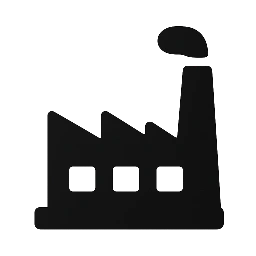A nose job, also known as rhinoplasty, is a cosmetic surgical procedure that aims to change the shape or size of the nose. Many people consider getting a nose job for various reasons, such as improving the appearance of their nose, correcting breathing problems, or enhancing facial harmony. However, one of the most common questions that individuals have when considering a nose job is, “How much does a nose job cost?”
The cost of a nose job can vary significantly depending on various factors, such as the surgeon’s experience and reputation, the geographic location of the clinic, the complexity of the procedure, and the type of anesthesia used. On average, the cost of a nose job in the United States can range from $5,000 to $15,000. This price typically includes the surgeon’s fee, anesthesia fee, facility fee, and any necessary follow-up appointments.
It’s essential to note that the cost of a nose job may not be covered by health insurance, as most insurance companies consider rhinoplasty to be a cosmetic procedure. However, if the nose job is performed to correct a breathing problem or a deviated septum, some insurance plans may provide coverage for a portion of the cost.
When considering the cost of a nose job, it’s crucial to research and consult with multiple board-certified plastic surgeons to get an accurate estimate of the total cost. Some surgeons may offer financing options or payment plans to help make the procedure more affordable for patients.
In addition to the financial aspect, it’s essential for individuals considering a nose job to have realistic expectations about the results of the surgery. While a nose job can enhance facial aesthetics and improve self-confidence, it’s important to understand that the outcome may not always meet every expectation.
Before undergoing a nose job, patients should schedule a consultation with a board-certified plastic surgeon to discuss their goals and expectations for the procedure. During the consultation, the surgeon will evaluate the patient’s nasal structure, skin quality, and overall health to determine the best approach for achieving the desired results.
The surgical technique used during a nose job can also affect the cost of the procedure. There are two primary methods of performing rhinoplasty: open rhinoplasty and closed rhinoplasty. Open rhinoplasty involves making an incision on the columella (the strip of skin between the nostrils), allowing the surgeon better access to the nasal structures. Closed rhinoplasty, on the other hand, involves making incisions inside the nostrils, resulting in no visible scarring.
The recovery process after a nose job can also impact the overall cost of the procedure. Patients may experience swelling, bruising, and discomfort in the days following surgery, and it’s essential to follow the surgeon’s post-operative instructions to ensure a smooth recovery.
In conclusion, the cost of a nose job can vary depending on several factors, including the surgeon’s experience, the geographic location of the clinic, the complexity of the procedure, and the type of anesthesia used. It’s essential for individuals considering a nose job to research and consult with multiple board-certified plastic surgeons to get an accurate estimate of the total cost and to have realistic expectations about the results of the surgery.

